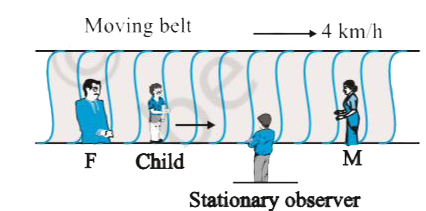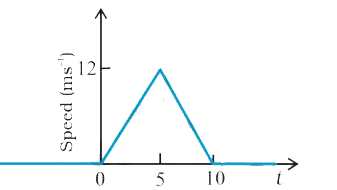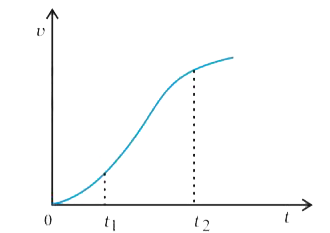Complete Solutions to ADDITIONAL EXERCISES of chapter MOTION IN A STRAIGHT LINE of Class 11 book with complete answers and questions
| Class 11 | PHYSICS |
| Chapter | MOTION IN A STRAIGHT LINE |
| NCERT TELUGU | ADDITIONAL EXERCISES |
| Number Of Questions | 5 |
| Academic Year | 2023-24 |
A boy standing on a stationary lift (open from above) throws a ball upwards with the maximum initial speed he can, equal to `49 ms^(-1)`. How much time does the ball take to return to his hands ? If the lift starts moving up with a uniform speed of `5 ms^(-1)` and the boy again throws the ball up with the maximum speed he can, how long does the ball take to return to his hands ?
View SolutionOn a long horizontally moving belt (Fig.), a child runs to and fro with a speed `9 km h^(-1)` (with respect to the belt) between his father and mother located 50 m apart on the moving belt. The belt moves with a speed of `4 km h^(-1)`. For an observer on a stationary platform outside, what is the
(a) speed of the child running in the direction of motion of the belt ?.
(b) speed of the child running opposite to the direction of motion of the belt ?
(c ) time taken by the child in (a) and (b) ?
Which of the answers alter if motion is viewed by one of the parents ?

View SolutionTwo stones are thrown up simultaneously from the edge of a cliff 200 m high with initial speeds of `15 ms^(-1)` and `30 ms^(-1)`. Verify that the graph shown in Fig. correctly represents the time variation of the relative position of the second stone with respect to the first. Neglect air resistance and assume that the stones do not rebound after hitting the ground. Take `g = 10 ms^(-2)`. Give the equations for the linear and curved parts of the plot.

View SolutionThe speed-time graph of a particle moving along a fixed direction is shown in Fig. Obtain the distance traversed by the particle between (a) t = 0 s to 10 s, (b) t = 2s to 6s.

What is the average speed of the particle over the intervals in (a) and (b) ?
View SolutionThe velocity-time graph of a particle in one-dimensional motion is shown in Fig.

Which of the following formulae are correct for describing the motion of the particle over the time-interval `t_(1)` to `t_(2)` :
(a) `x(t_(2))=x(t_(1))+upsilon(t_(1))(t_(2)-t_(1))+(1//2)a(t_(2)-t_(1))^(2)`
(b) `upsilon(t_(2))=upsilon(t_(1))+a(t_(2)-t_(1))`
(c ) `upsilon_("average")=(x(t_(2))-x(t_(1)))//(t_(2)-t_(1))`
(d) `a_("average")=(upsilon(t_(2))-upsilon(t_(1)))//(t_(2)-t_(1))`
(e ) `x(t_(2))=x(t_(1))+upsilon_("average")(t_(2)-t_(1))+(1//2)a_("average")(t_(2)-t_(1))^(2)`
(f) `x(t_(2))-x(t_(1))=` area under the `upsilon-t` curve bounded by the t-axis and the dotted line shown.
View Solution
ADDITIONAL EXERCISES questions and complete solutions for chapter MOTION IN A STRAIGHT LINE of NCERT PHYSICS(TELUGU) of Class 11